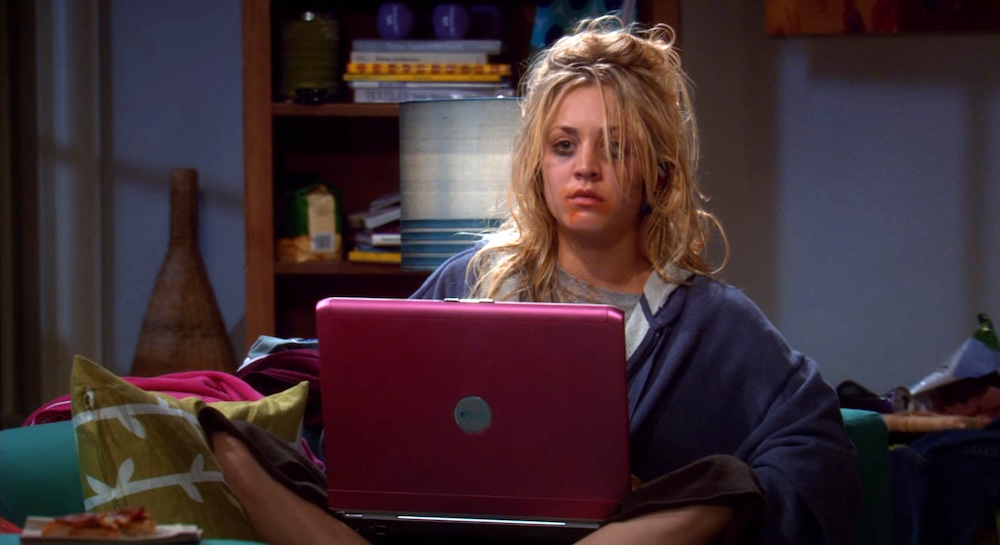
Believe it or believe it not, dear reader, but I come from a time there was no such thing as binge watching. But, before I start going on about why I was unable to binge watch anything, let’s try and agree on what we mean by binge watching. Basically, it just means to watch several episodes of a TV show one after another. I suppose it is possible to binge watch a film franchise but let’s not go down that particular rabbit hole just now. So why could I not endlessly watch my favourite television programmes during the heady heights of my salad days? Quite simply, because the whole thing hadn’t been invented back then! Let me take you back to the eighties…
I’m going to pick a year out of that decade at random…1985 is nice and central. Home entertainment consisted, in the main, of the terrestrial broadcast television. Here in the UK that meant BBC1, BBC2, ITV, and Channel 4. Actually, we lived near the Welsh border and could also pic up S4C (Sianel Pedwar Cymru)…handy if you wanted to catch up on Pobol y Cwm but not much of a distraction otherwise. Everything on the TV screen was live, in the moment, and unrepeatable…until there was a gap in the schedule that the company wanted to fill. They had the facility to record and replay programmes but not everyone did. They found it just as expensive as everyone else though. That is why so much classic TV is lost…reusing video tapes!
Join the PERA (Personal Entertainment Research Assistant) waitlist.
The World’s Most Indispensable Movie App
The RunPee app tells you the best times to
run & pee during a movie
so you don't miss the best scenes.
Download the RunPee app.
100% free (donation supported)
A Video Cassette Recorder (VCR) cost roughly the same as an average month’s pay and blank tapes cost about the same as a bottle of wine and twenty cigarettes…you had to choose carefully how you wanted to spend an evening! A pre-recorded tape was much more expensive but that was irrelevant because they weren’t available to the general public. They were intended to be solely used for rental. The studios and distributors assumed that people might want to watch a film once or twice but not over and over. They thought people would be happy with seeing a film in the cinema when it first came out, followed by renting it a few months later, and then just seeing it when it turned up on TV.
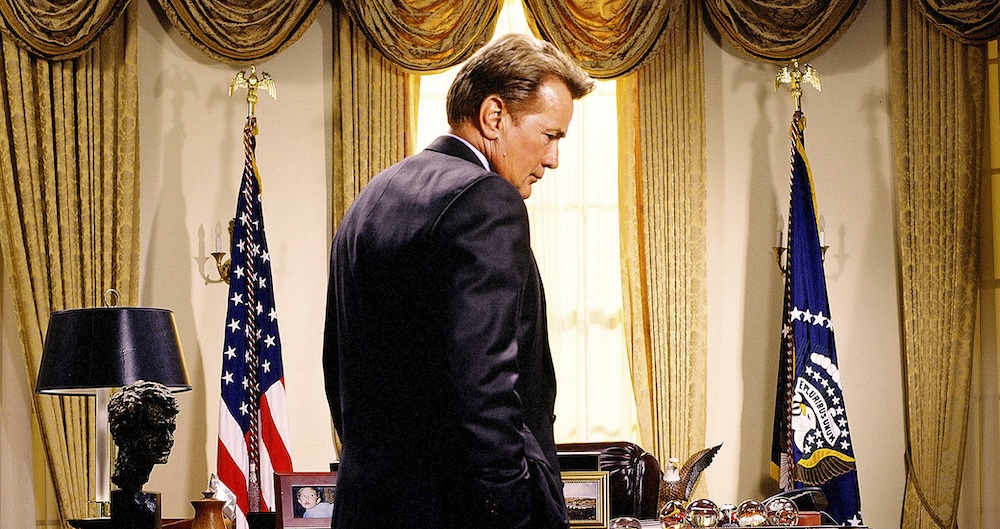
They didn’t know that people liked having titles on their shelves to enable instant access to their favourites. Fargo on wet Monday morning? Go for it! A bit of Bond to unwind after a night in the pub? Take your pick! The Dam Busters on a Sunday afternoon? Actually, as I remember, that seemed to be on every weekend anyway. Personally…I am a bit of a hoarder. In an effort to cut back on the tidal wave of books coming into our house I have had to promise to only buy hardbacks. My dear wife is quite relieved that I now get my video entertainment by streaming which means that the hundreds of VHS, DVD, and Blu-Rays I’ve acquired over the years have now gone off to a variety of charity shops around the North West freeing up acres of shelves.
But I digress. The other thing that delaying the birth of the binge watch was the scarcity of TV shows on tape. They didn’t appear for quite a while after films were made available, I’m not sure why and it is a bit difficult to check. More effort than my ramblings merit anyway! But if we say that it was getting on for five years or so that’ll be close enough. Suffice it say that technology to enable binge watch anything didn’t hit the nation’s living rooms until the late eighties/early nineties. To be honest though, the thought of sitting down and watching an entire season, episode after episode, and then umming and ahing over starting on the next season would have seemed totally alien to the majority of the population back then.
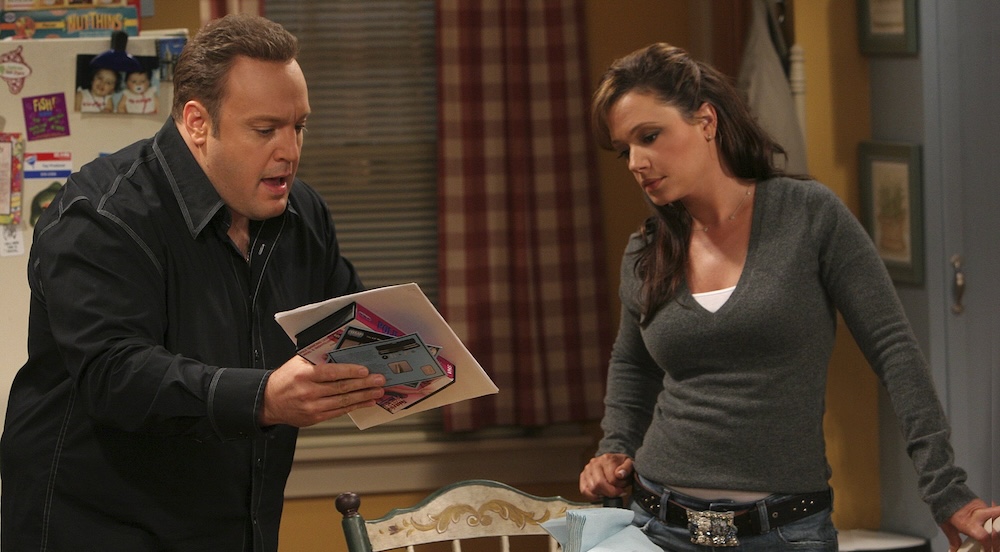 What you need to bear in mind is that TV viewing was a totally different beast back then. You’d watch a programme at the same time as a pretty big chunk of the rest of the population…only four channels remember. I can recall the time when there were only two in this country; I was seven when BBC 2 launched bringing the channel count up to three, Channel 4 launched in 1982. You’d go into work the next day and chat with your colleagues about what had been on the previous night safe in the knowledge that there was a reasonable chance that they had watched the same thing as you had. Occasionally you’d say “Did you see last night’s episode?” and someone would reply “Don’t tell me! We were out last night and haven’t had chance to watch it yet.” That was short hand for “We’re doing rather well and can afford a VCR”.
What you need to bear in mind is that TV viewing was a totally different beast back then. You’d watch a programme at the same time as a pretty big chunk of the rest of the population…only four channels remember. I can recall the time when there were only two in this country; I was seven when BBC 2 launched bringing the channel count up to three, Channel 4 launched in 1982. You’d go into work the next day and chat with your colleagues about what had been on the previous night safe in the knowledge that there was a reasonable chance that they had watched the same thing as you had. Occasionally you’d say “Did you see last night’s episode?” and someone would reply “Don’t tell me! We were out last night and haven’t had chance to watch it yet.” That was short hand for “We’re doing rather well and can afford a VCR”.
Let me tell you how it used to be back then. I remember a programme called Morgan’s Boy. The usual routine was for trailers to be shown between a variety of programmes showing in the same time slot that the newcomer would be occupying. Morgan’s Boy was broadcast on the BBC so there will have been no advertising breaks during or between shows. The idea behind programme trailers was, pretty much, the same as those seen in the cinema…arouse interest and guarantee an audience when the schedule means that the show in question hits the screens. The other thing it tried to do was to get people talking about it. There was no social media back then, everything was down to word of mouth. You’d be having tea or coffee before work or during a break and you’d say “Did you see that thing for that new programme?” And it would be followed by a yes or no and a bit of chit chat and whether or not you thought it would be worth watching.
What people are saying
about the RunPee app.
Movie Watching Must Have!!
I go feral for this app. I love it so much and I wish everyone knew about it and used it. It is incredibly useful and I would be devastated if this app ever disappeared. Things I love: 1) the pee times! It’s so handy to know the best time to go and then read the synopsis of what’s happening while I’m gone. I never have to worry about missing the good bits! 2) knowing if there is a post-credits scene or not. This might be my fav feature because I would have missed out on some pretty critical scenes if it weren’t for RunPee. 3) the movie review and viewer rankings. This info has made me watch some movies that I normally wouldn’t and it’s nice seeing things outside of my usual scope. 4) that it’s a small family run business. I love shopping small and it really does feel like I’m part of the RunPee family! If you reach out to them, Dan will personally respond to you and he is so warm and helpful. GET THIS APP AND THEN SUBSCRIBE! It is absolutely worth it and you’ll be using it again and again!
View all reviews
Apple App Store | Google Play Store
Download RunPee app
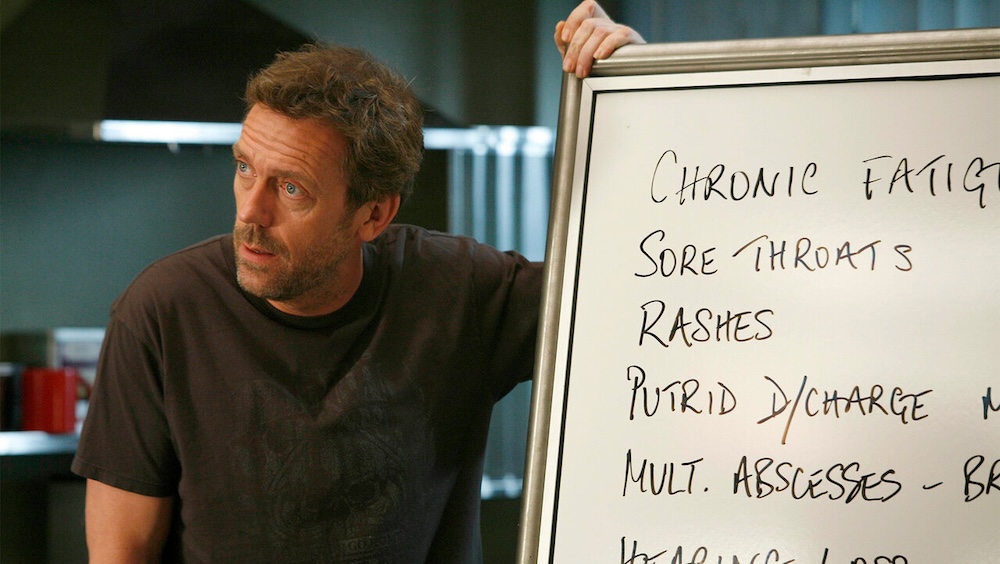
If it looked like it was going to be entertaining then everyone would all wait until it was broadcast. The following day it would be “Did you see it?”, “Yes, I did!”, “What did you think of it?”, and then the amateur reviewers would all pitch in with their opinions. If it was good then everyone would be waiting until next weeks episodes and the cycle would repeat itself. Occasionally there’d be a tortured wail from the corner of the room when someone remembered too late that the programme was on and they’d missed it. Because, younglings, these were the days when, if you missed a programme, that was it. No iPlayer, no Watch Now, no dodgy downloading of illicit copies…it was passed and gone. You had to hope that it might get repeated some time.
People might say “I recorded it so you can borrow the tape” or “If I’d known I would have taped it for you” but, in all honesty, those were just other ways of saying “We’re doing rather well and can afford a VCR”. So you had a decision to make…do you carry on watching and hope to get up to speed or give up and see what was on the other side. The first step was usually along the lines of asking around the lucky ones who had seen it. “Did much happen?” was a usual opener. If they said “not really” then you should be ok. If they made a fresh cup of tea and sat down with an excited gleam in their eyes then you probably missed a corker. One of my tips was to ask a group of people to précis the episode; if you asked people individually you ended up with a number of storylines roughly equivalent to the number of people asked.
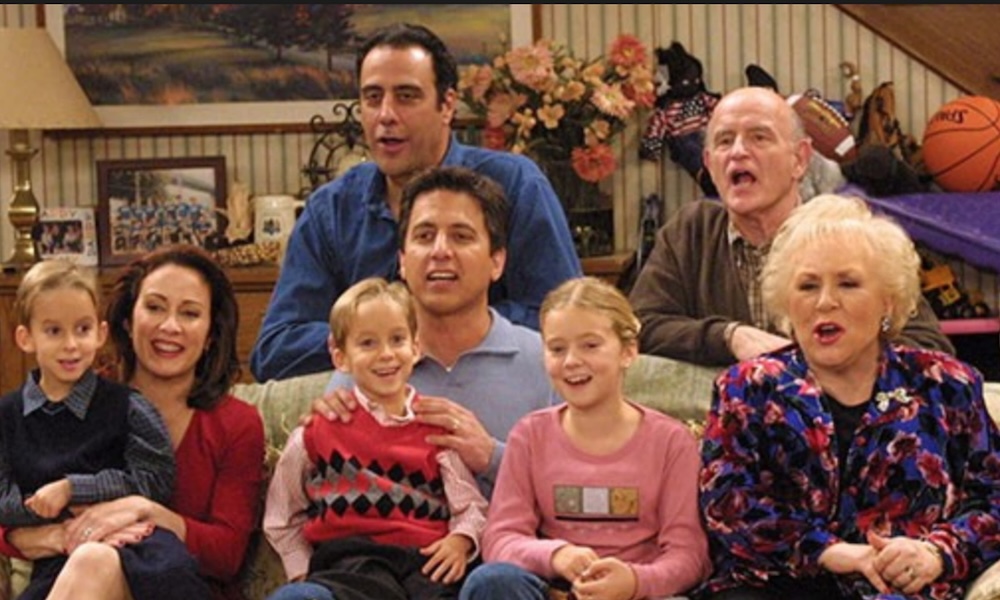
Eventually pre-recorded tapes started to appear. In the beginning it was mainly films that were available but television programmes soon started to pop up. Oh, another thing to bear in mind was video formats. If you had opted for the VHS standard then there was oodles of choice. If you had gone for Betamax then it was possible to find stuff but nowhere near as easily or as much variety. A friend of mine had a V2000 machine and he was totally stuffed…sorry Ken! So, assuming you went for a cheaper, lower quality VHS machine you were sorted for your home entertainment needs…well, until DVDs came along.
I do remember discussions taking place when tapes of TV shows started becoming more commonplace. The usual comment was “Why would you want to buy it? How many times will you want to watch it?” I’ll be honest, I’ve lost count of the number of times I’ve watched my favourites. The other consideration was cost. I vaguely remember that a pukka BBC Fawlty Towers tape was about £10 in the mid-eighties. In today’s money that is over thirty pounds and that was for only three episodes or half of the season. And that’s not all, there was a physical limit to how much tape you could get in a cassette. To get longer tapes you had to use thinner tapes. An E90 would record up to ninety minutes whereas an E240 would run for four hours.
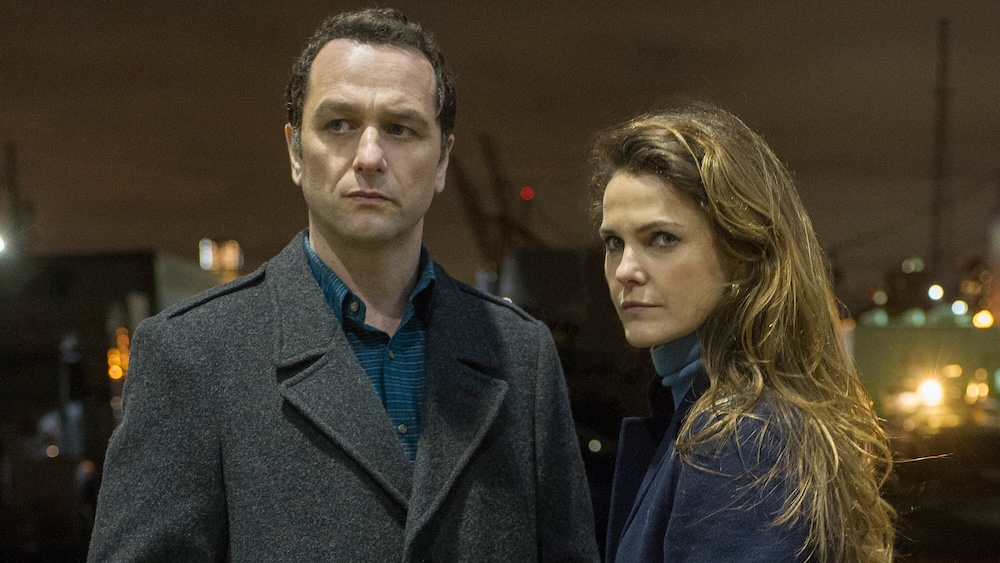
Thinner tape meant more recording time but an increased likelihood of tapes snapping or jamming. That was one of the worst sounds you could hear back in the eighties…the grinding and crackling of your VCR chewing up a tape. You had to stop everything and hit eject as soon as you could. A good result was when the cassette popped out with just a wee loop of tape peeping coquettishly out. A bad result was when you had to pull the cassette firmly, but gently, and hope that the hideously complex mechanisms inside the machine would just slowly turn backwards and you could ease the tape out. Of course then you had to wind the tape back into the cassette. No mean feat if you didn’t know where the ratchet release was! A colleague of mine had such a bad tape jam that they had to take the machine back to the shop they got it from. They were particularly embarrassed because it was a porn tape that had got chewed up.
So, to try and make sure that the quality was the best available, The BBC used shorter, thicker tape which limited the length of time available to somewhere under two hours per cassette. As a result there was only enough room for three half hour episodes and a few promotional trailers for other available programmes. As most people know, a series of Fawlty Towers was six episodes. Now you are having to pay out the equivalent of, around, £62 per series. That was nearly £125 for us completists! At least our standard for comedy series was six half hour episodes. I shudder to think what a VHS boxed set of a typical American series must have looked like! I remember the nine tapes that comprised my Blackadder collection taking up some shelf space!
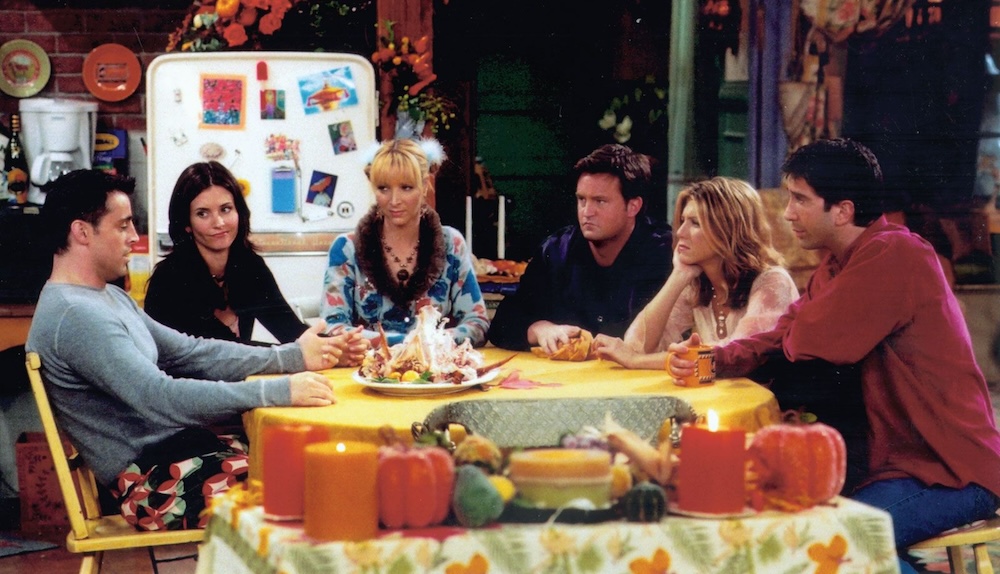
Eventually though, we moved to a more compact format namely the Digital Versatile Disc. I know that the V was sometimes said to stand for Video but that was such a pointless argument that even the developers got fed up of it and decided that the product would just be known as DVD. The increased storage capacity of the new format meant that you freed up a lot of shelf space. This also meant that a typical British comedy series could fit on a single disc. This compactness meant that there was a new loan opportunity…video by post. I did notice that a lot more TV series were available via the likes of LoveFilm and the initial form of Netflix. Somehow though, the fact that you had to watch all the episodes before sending them back still didn’t make it feel like you were binge watching them.
Another expansion of the home viewing experience arrived in the nineties. Domestic satellite systems and cable TV were becoming more affordable and, consequently, commonplace. Actually, there was a cable system available in parts of the UK from 1929. A company named Rediffusion had a system which brought TV and radio programmes into people’s homes via a system of wires. Little concrete blocks with the name on were dotted around the pavements. Inside, near the television, was a little box with a selector on it and the letters A to L. By twisting the knob around you could get choice of different channels. I remember seeing them in other people’s houses but never had one myself so have no idea what the choices were.
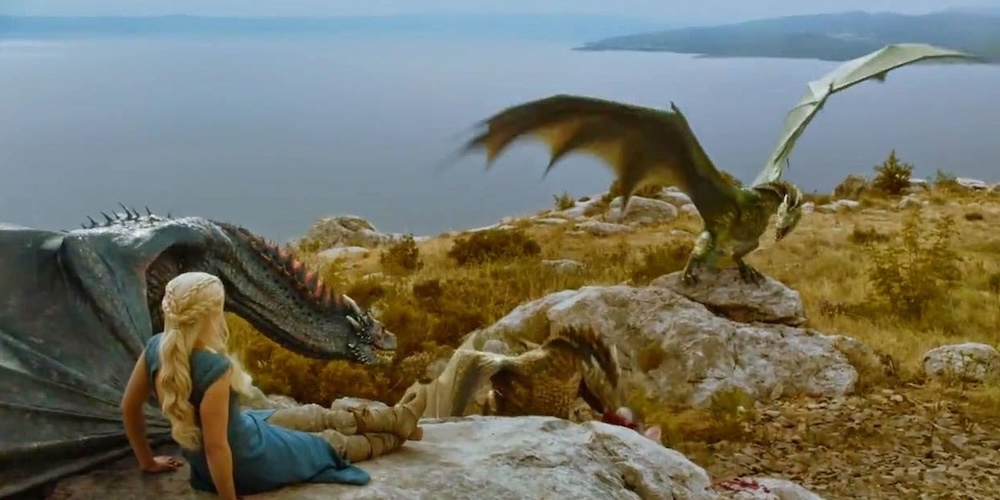
All that the arrival of cable and satellite brought to the table was more channels. Whereas before there were only four channels there was now anything up to four hundred. Admittedly a lot were the local varieties of the BBC and nearly half were the newly arrived +1 channels but there were still a lot more choices than before. The thing is that having channels running into triple figures didn’t do anything to encourage a person to take up binge watching. At the time the cable, satellite, and terrestrial channels operated in pretty much the same way…they all followed a schedule in much the same way that the old style TV did. If you wanted to watch a particular programme you had to find out when it was on and sit down in front of it.
Just as it always was…if you were there you saw it, if you missed it, you missed it. Oh, unless you’d only just missed it and there was one of those new fangled +1 channels available. There were listings magazines available that were bigger than the last telephone directory that I had delivered. You ploughed through it trying to find the programmes that wanted to see and made notes. Then the next bit was to try and remember to stay in/stay sober so you don’t miss any of them. The concept of time shifting was in its infancy. Time shifting was just a fancy way of saying you would record a programme and watch it at a time that suited you rather than when the broadcasters deemed fit.
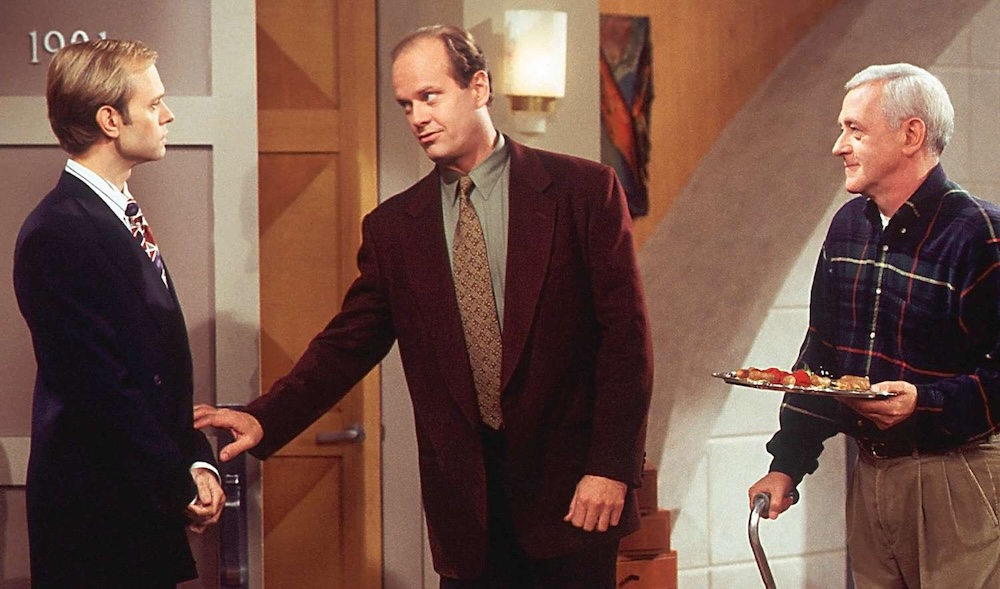
It was the next big step that properly enabled binge watching as we know it today…streaming. In the 1990s, the practice of watching entire seasons in a short amount of time emerged with the introduction of the aforementioned DVD box sets. The term binge watching really arrived with streaming TV. Early adopters could sign up with Amazon Prime Video and Netflix who had both moved out of the DVD postal service; Amazon had bought out LoveFilm. These were followed by Apple TV+, Disney+, BBC iPlayer, Now, and Channel 4 in the UK and Peacock, Hulu, Max, and Paramount + in the USA. Paramount + has migrated over to this side of the Atlantic and I should imagine others will follow soon. Streaming TV has been around long enough to see providers closing down…bye bye BritBox!
What really enables streaming to take place is having all the episodes available to be watched whenever the viewer felt like it. No waiting until nine o’clock on Wednesday evening. No having to wait a week to see the next episode. You’ve woken up in the middle of the night and fancy watching an episode of Doctor Who…help yourself! Enjoy it? Still awake? Watch the next one then! This wasn’t a problem for programmes that were sitting happily in possession of the back catalogues. That changed when the streaming companies decided to take the plunge into content creation. First into the pool was Netflix. They made an adaptation of the British mini series House Of Cards. On February 1st 2013 the series was launched and marketed with the premise that you could watch the whole season in a day…should you so desire.
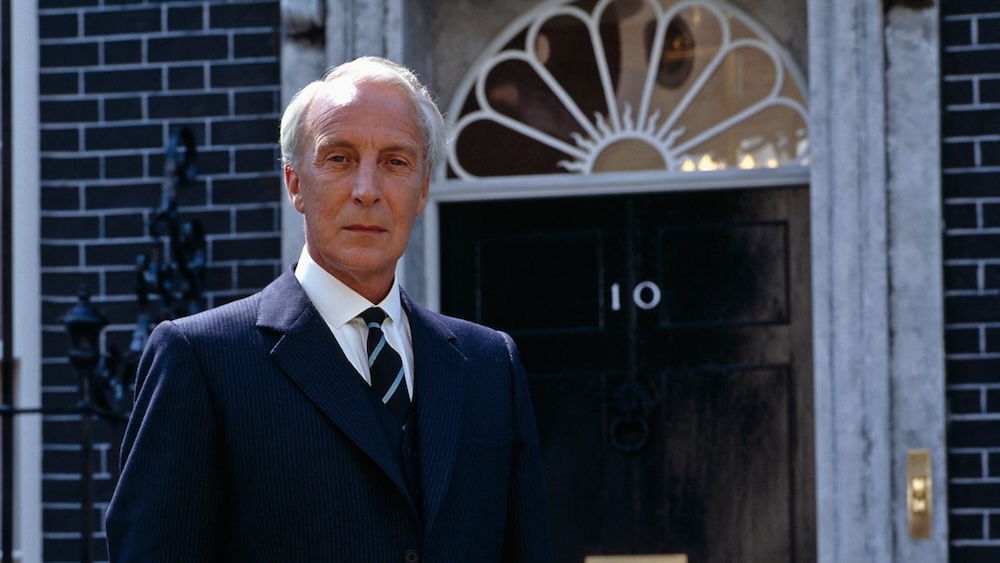
Then the floodgates were open and the former providers turned to being producers. There were three main approaches; putting out only original content, putting out purchased content, or a combination. To be honest, the services that only put out purchased content are all but gone. Some though, started off as original content only providers. You could argue that Disney+ started off by only putting out their own stuff but, well, they were Disney and had a lot of their original material to go at. Later on they bought Pixar, Marvel, Star Wars, and National Geographic so the lines started to blur. One company that stuck to its initial principal of original content only was Apple.
I remember the Apple Event when Apple TV+ was announced. They announced that would be launching with original content. The first programmes announced were For All Mankind, Dickinson, and The Morning Show. I’ve watched and enjoyed them all. I remember the launch day. I was in the Starbucks in Chester and watching it on my laptop. Yes, I know it is one of those stereotypes…sitting in Starbucks with a MacBook Air and now watching the new Apple TV+. But I’m a Boomer so that bucks the trend a wee bit. But there was one other thing that made Apple TV+ a bit different. They didn’t drop the whole season on day one. They put out the first two or three episodes and no more. You had to wait until next week before you saw the next episode. So it was a nice combination of the two approaches. Being retired and, therefore, of a certain age, I quite like this approach.
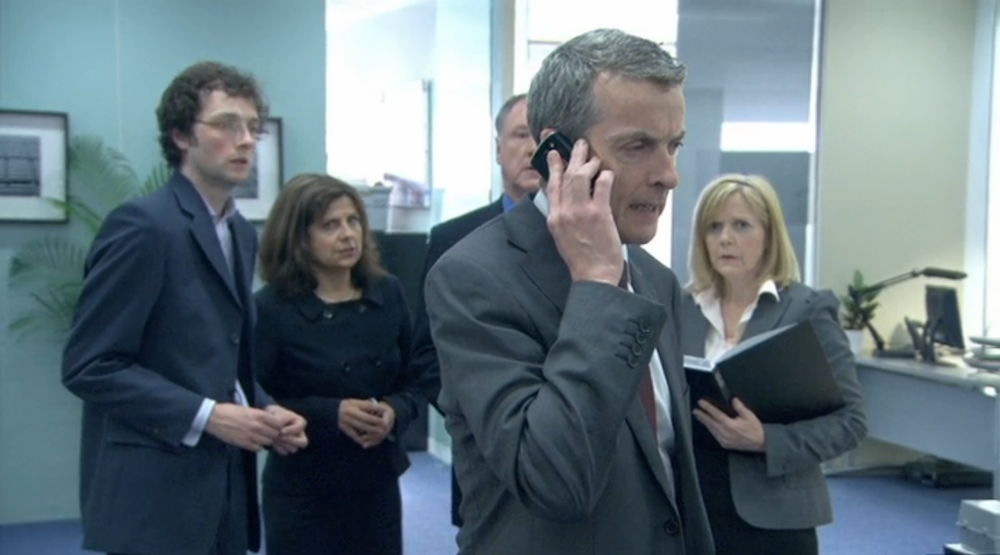
So, nearly three thousand words into this rambling reminiscence and I’m nearly ready to start saying what I think of the whole concept of binge watching. Believe it or believe it not, I’m not trying to spin things out when I say that it depends! First off, I do binge watch stuff. Over the years I’ve bought a fair few items on a variety of media. I’m currently going over to streaming and have managed to get rid of mountains of physical media. I now have over 1,500 film titles and about 300 television series. Among my favourite TV programmes are The West Wing, House, The Americans, Blackadder, Absolutely Fabulous, Father Ted, Fawlty Towers, Game Of Thrones, to name but a few. In the past I’ve tried to not binge watch by picking three or four series and watching one episode of each at a time. I’ve never managed to get more than half way through the first season before picking one and sticking with it.
So…what do I actually think about binge watching? It depends. Drama I tend to like binging on. There is usually a strong story and it is gripping enough to make you want to see what happens next. Let’s be honest, if the story isn’t that strong why are you even watching it? Comedy tends to be somewhat different though. Admittedly, there can be story arcs that stretch over whole seasons or, even, multiple seasons; Sheldon and the Nobel Prize in The Big Bang Theory, the Ross and Rachel thing in Friends, and the whole story behind How I Met Your Mother and Episodes. All of those had stories that started in Season One, Episode One and ended as part of the finale. Despite that, there is a tendency to have more single story episodes in comedies than dramas.
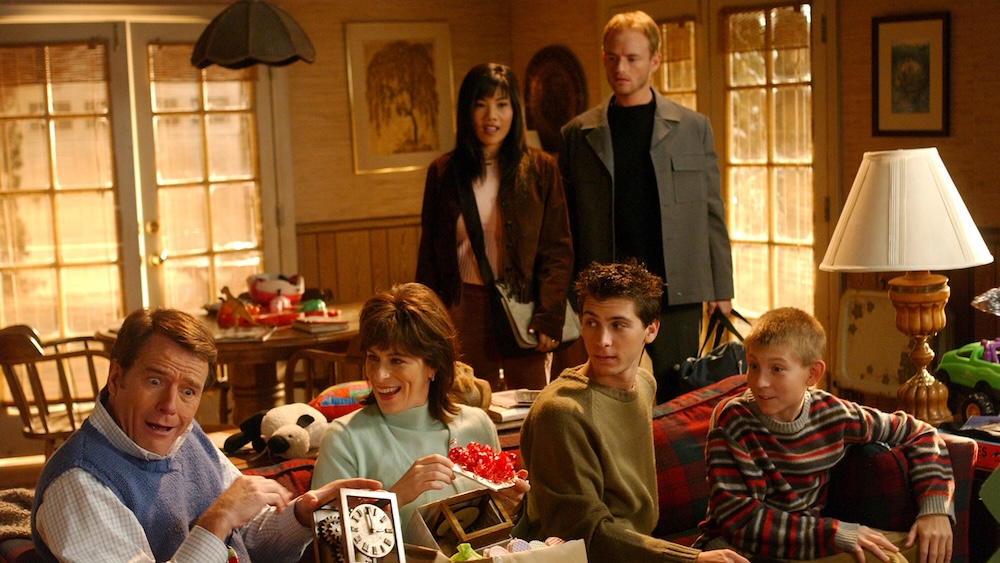
The other thing that tends to differentiate the amusing from the dramatic is that one of the lead characters in a comedy always seems to have some sort of personality difference. I was originally going to write “personality problem” but that would have been a bit of a blunt approach. For instance, Gregory House is a medical genius as well as being a cantankerous, curmudgeonly, drug addict. The Wilkerson children from Malcolm In The Middle may be sociopathic criminals but they have more than their fair share of natural prodigies; Dewie is a virtuoso musician, Reese is a cordon bleu chef, and Malcolm is just a genius. Malcolm Tucker from The Thick Of It is a Machiavellian political mastermind with the mouth of a Tourette’s sufferer.
However, it is those exaggerated character flaws which I find to be the downfall when you start binge watching. For instance, Sheldon Cooper’s inability to accept change or respect his friends may be amusing when you only see it once a week. Ray Barone’s need to be the centre of attention and inability to prioritise his wife and children over his parents is a bit cringy but you can cope when you have a a few sleeps between episodes. A weekly dose of Doug and Carrie Heffernan sniping at each other is more than acceptable, it is genuinely amusing. The problem, for me anyway, comes from seeing repeated examples of these traits coming at you in rapid succession. You don’t get any relief from the irritation…you can live with an itch providing you can scratch it and it goes away.
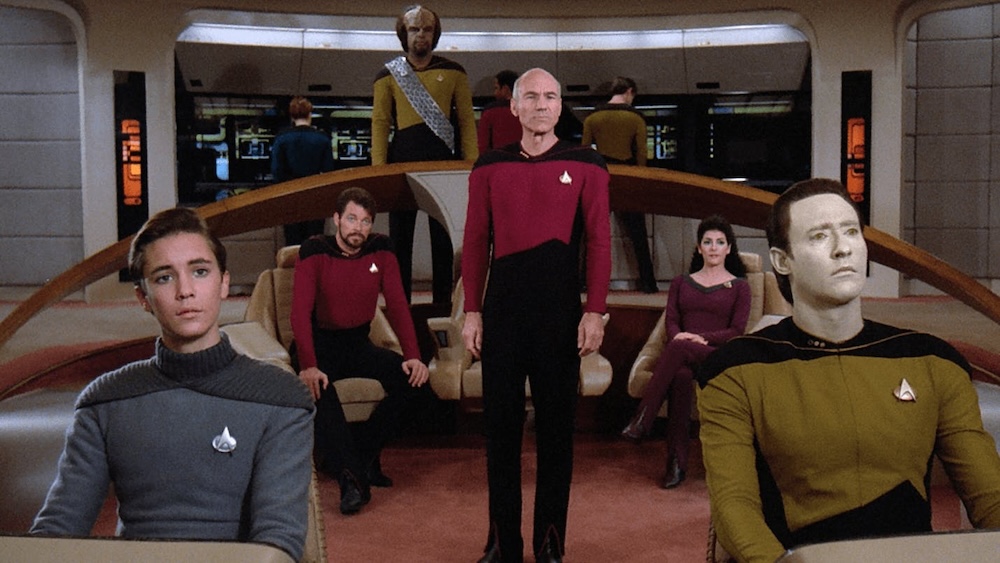
Perhaps one of the problems is that, when these TV shows were produced, the idea of binge watching a whole season in one day hadn’t been invented. So the relentless reminders of how awful the flaws of the lead characters are wasn’t seen as a problem. As I said earlier, programmes like Everybody Loves Raymond, Friends, Frasier, and, even, The Big Bang Theory all launched before the start of intentional binging came along with the US version of House Of Cards. Now I dare say that stuff had started to be binge watched before House Of Cards. My theory is that binging started when streaming became available. Netflix didn’t just have films available when it started its streaming service, there were whole seasons of TV shows on offer. And that is when binge watching really took off.
My first experience of using a VPN was when I wanted to watch Star Trek: The Next Generation and it was only available through Netflix USA and not on Netflix UK. I can’t remember exactly when this was but it was near the launch of Netflix streaming so a wee bit before 2010. Somehow though, drama based series are much easier to binge watch than sitcoms are. Probably because they don’t hinge on there being something intrinsically wrong with at least one of the lead characters. That doesn’t mean that there aren’t problems, just that the whole conceit of the programme doesn’t pivot on them. Data had problems coming to grips with what it meant to be a human but that was only a peripheral aspect. Data’s struggle was the seasoning of the dish whereas Sheldon’s is the meat!
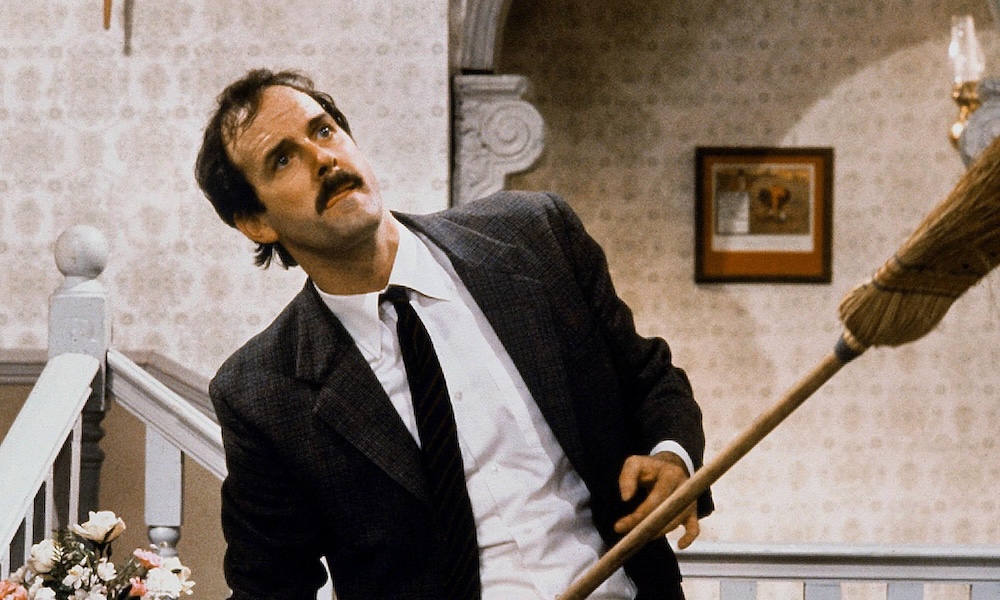
I suppose I’m saying that binge watching is, for me, best saved for drama shows. The build of of story lines and character development help add to the feeling of dramatic tension. Unfortunately, I find that comedy shows need to have at least one character with some sort of obvious flaw which serves as a driver for the comedy vehicle. Unfortunately the rapidly repeating nature of binge watching renders those “cute” flaws deeply, irredeemably irritating. You start to wonder how Sheldon still has friends in The Big Bang Theory. Why hasn’t Debra Barone left Ray in Everybody Loves Raymond. And you really can’t see how Arthur Spooner hasn’t been thrown out for being an amoral, demanding, irritant in The King Of Queens. One or two episodes at a time are fine but much more than that and my willing suspension of disbelief starts to flag. Ah well, time for another rewatch of House, or The West Wing…maybe Game Of Thrones…


Leave a Reply